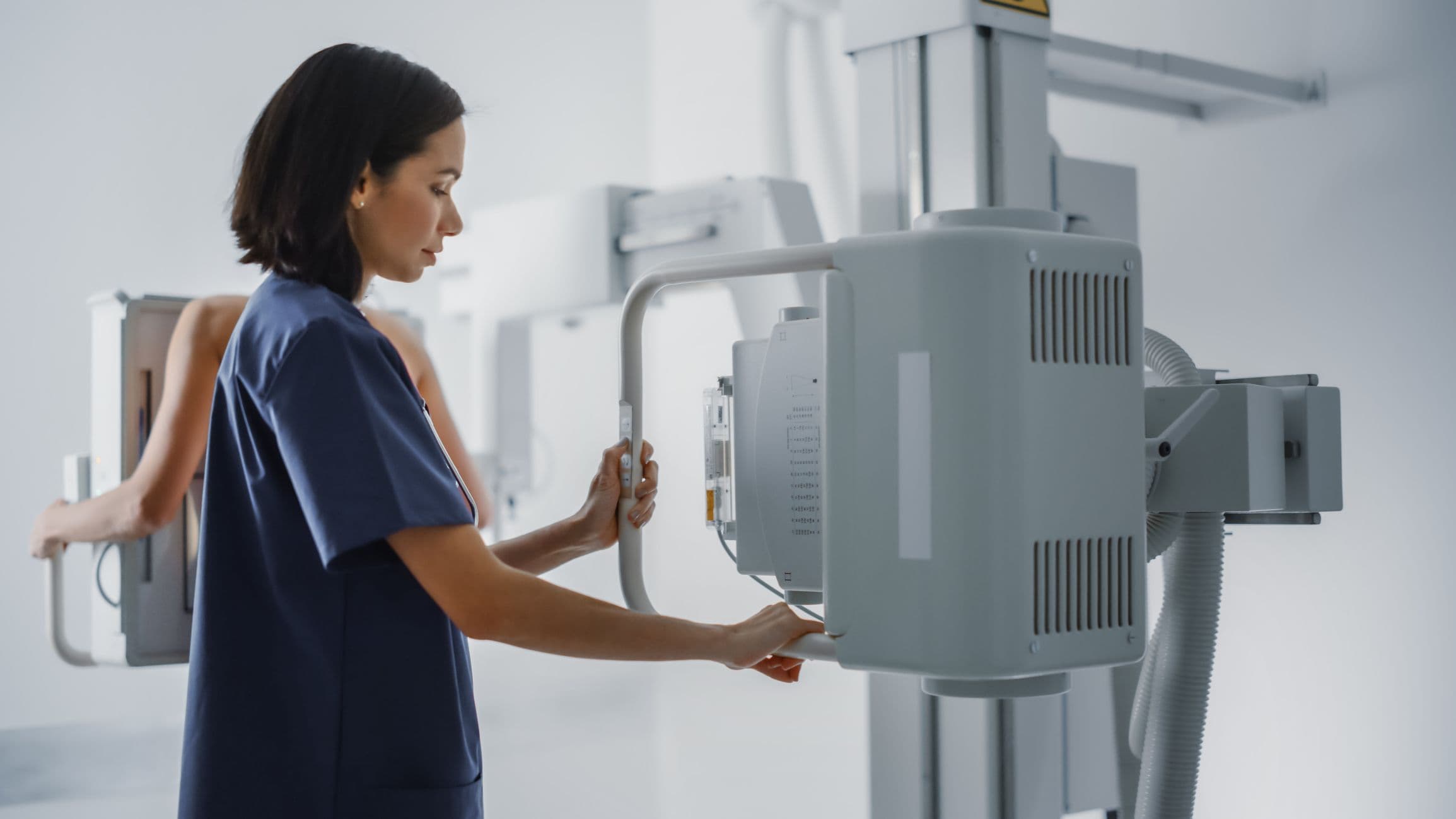The NHS is legally obliged to fund and resource medicines and other treatments recommended by our TAs.
About technology appraisal guidance
Technology appraisal (TA) guidance makes recommendations on the use of new and existing medicines and other treatments within the NHS.
Our methods and processes (health technology evaluation manual)
Our health technology evaluation manual explains how we carry out health technology evaluations.
We work closely with the Medicines and Healthcare products Regulatory Agency (MHRA) to make sure we can publish our guidance in a timely way.
A step-by-step summary of how we develop our guidance.
Tools and support
How to ensure you engage at the optimal time when submitting your TA.
All the templates and supporting documents you need to make a TA submission.
Fees for TA and highly specialised technology (HST) evaluations
Find out about our fees and timelines for TA and HST evaluations.
How to demonstrate that patients are able to access clinically appropriate medicines and treatments recommended by NICE TA or HST guidance.
Technology appraisal data

Information on the recommendations made by our technology appraisal guidance. Find out: how many positive recommendations we've made how many appraisals we publish each year details of all our published recommendations.

Information on our appraisals of cancer drugs. Find out: how many cancer drugs we've recommended how many cancer drugs we've appraised how we're speeding up access to cancer drugs.
Appeals
Technology appraisal and highly specialised technologies appeals
An appeal can be lodged against the final draft guidance by any of the appraisal consultees within 15 days from the day the final draft guidance is issued.
The appeal panel is drawn from a group of people approved by the Secretary of State for Health and Social Care to hear appeals.